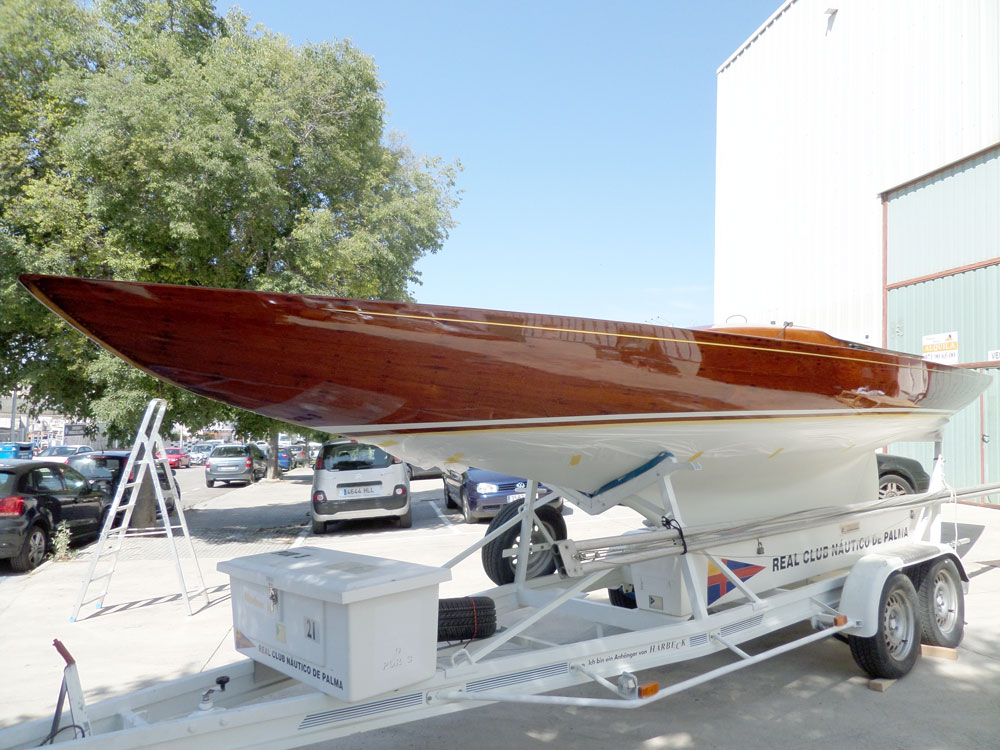If it is part of a horn on a speaker would one side be invisible? Just wondering if you could kerf some veneered board to the curve.
I am guessing this curve will be joined to some sides on the ends. The snag I see is you are building a wide board in solid wood that is going to want to expand and shrink. You will need to devise a way to allow it to do this if my guess is accurate.
I am guessing this curve will be joined to some sides on the ends. The snag I see is you are building a wide board in solid wood that is going to want to expand and shrink. You will need to devise a way to allow it to do this if my guess is accurate.

































